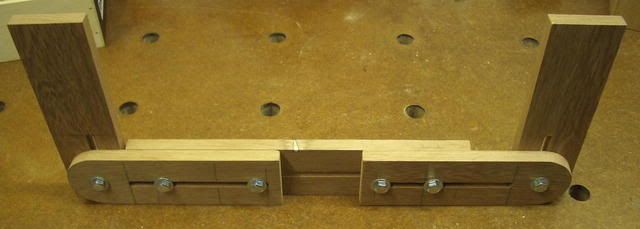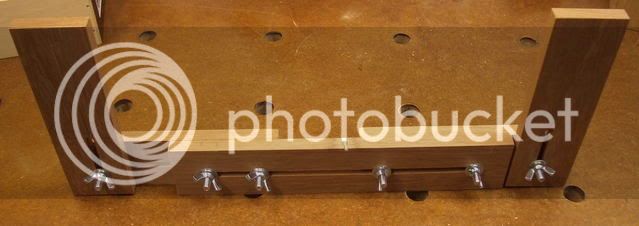Paul Chapman
Established Member
I needed to cut some pieces of wood today to fit between some uprights that were not at 90 degrees. I was wondering how to measure these accurately and get the angles right, and came up with the idea of making a double-ended adjustable sliding bevel


It worked well
Cheers :wink:
Paul


It worked well
Cheers :wink:
Paul





